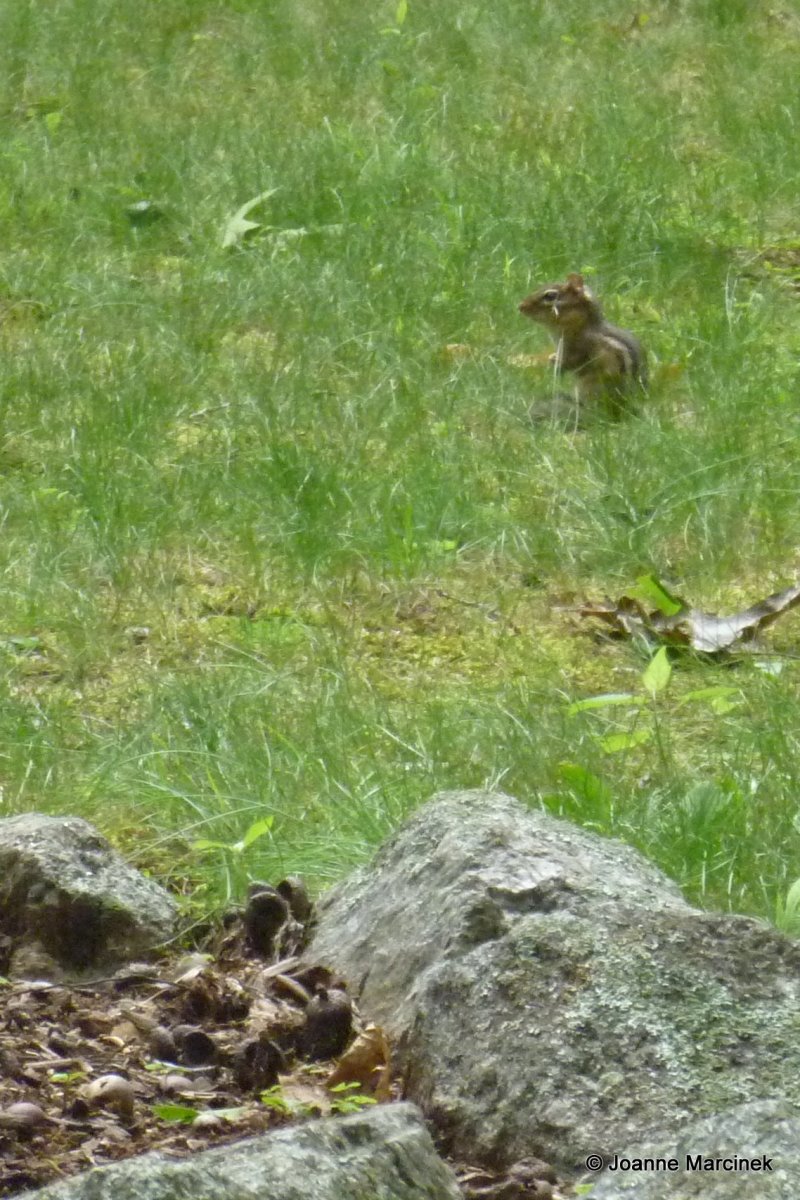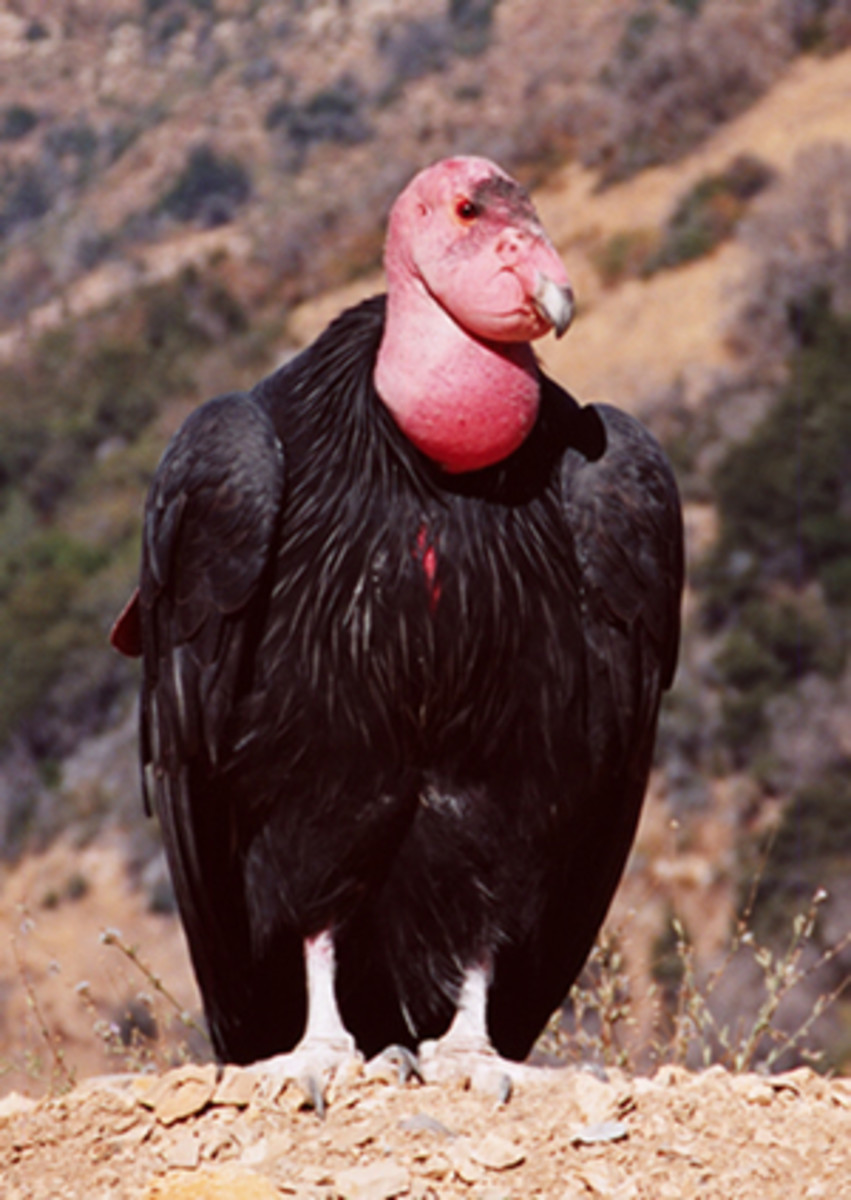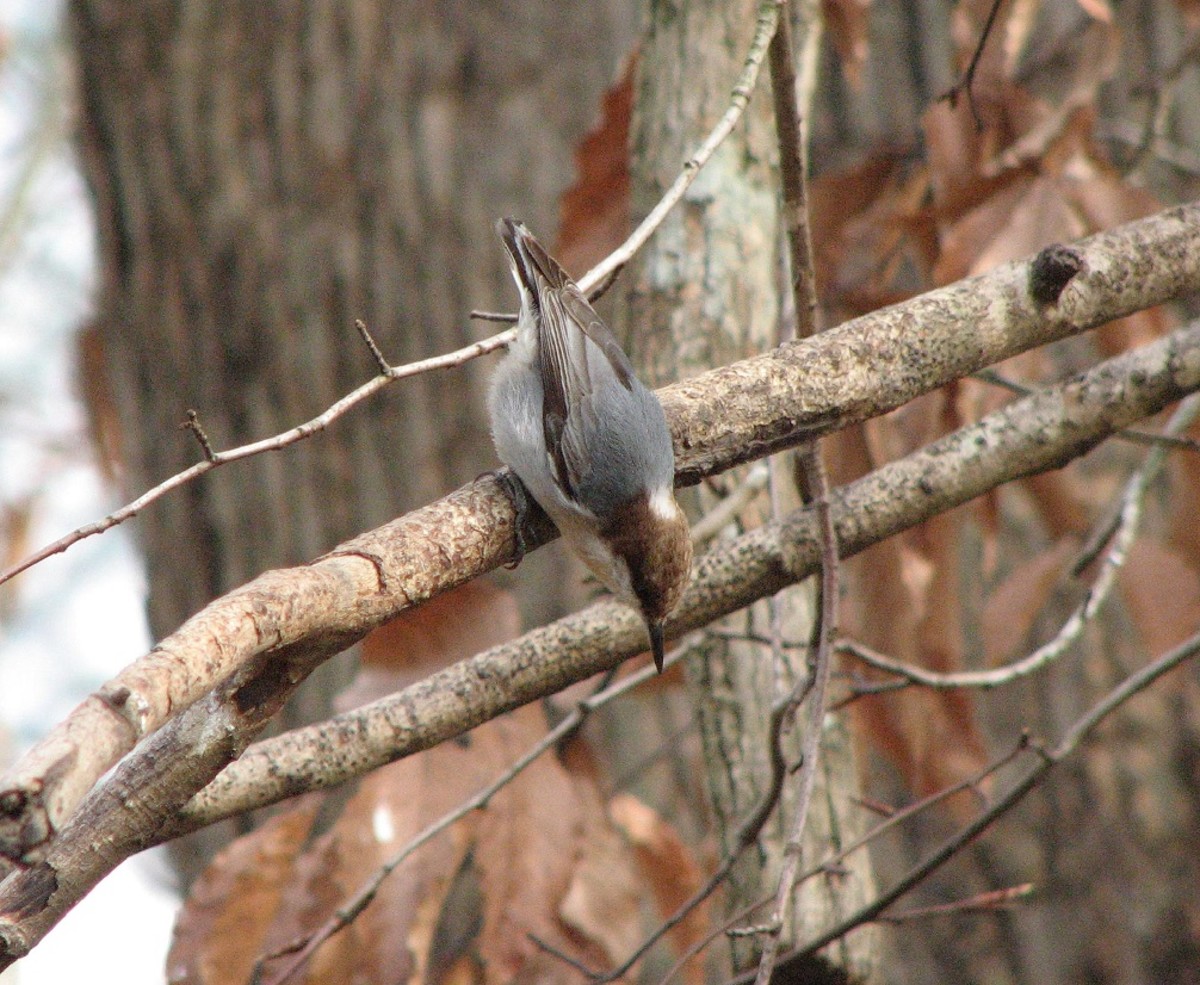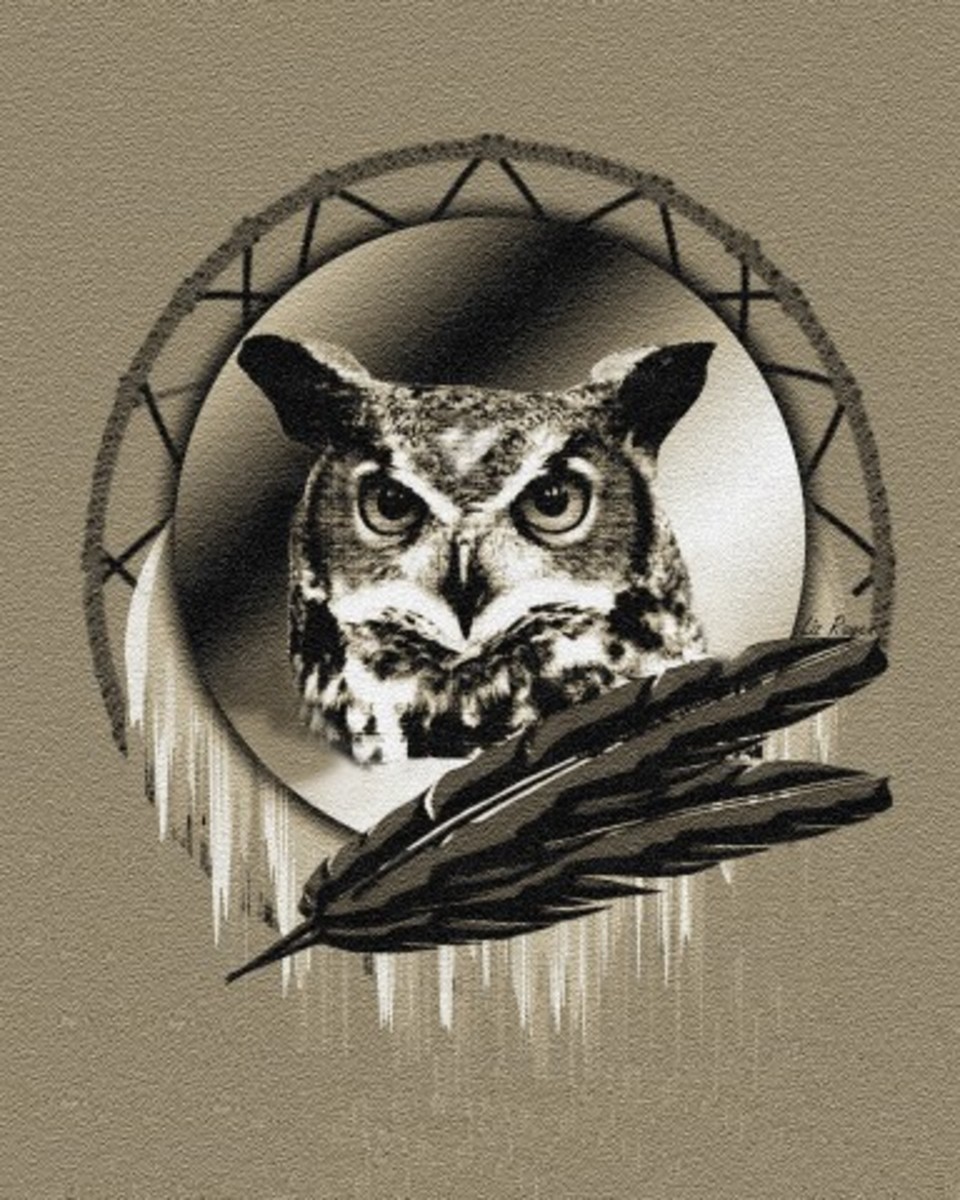Conservation and Management Strategies for the Roseate Tern
In order to successfully rehabilitate the Northeastern Atlantic roseate tern population, effective management of both the birds and the habitats on which they rely is imperative. A reliable census of the population is also necessary in order to decide how best to manage the remaining birds. On Falkner Island, a mark-recapture/resighting program has been in effect since the 1980’s in an effort to effectively census the population (Spendelow 2005). Survival rates can be estimated from band recovery and recapture data (Nichols et el 1990). The most accurate productivity estimates are produced by intensive monitoring as well as checking and weighing chicks daily (Spendelow et el 2001). Recommendations for improving assessment of roseate tern survival rates include the use of video surveillance equipment and crossband transponder radio tags, along with other new technologies (Spendelow et el 2001). Recovery objectives for the Northeastern Atlantic breeding population have been set at 5000 breeding pairs (Borkhataria 1998).
Habitat Creation and Enhancement
It is thought that the primary factor limiting the roseate tern population is a lack of habitable colony sites (Leahy & Camp 2006). One of the highest priorities of the roseate tern recovery plans is to disperse the Northeastern population by restoring some of the old, abandoned colony sites (Nisbet2 1992). Building new nesting sites or modifying those already in existence to provide better nesting and hiding areas would make roseate terns less susceptible to predation and disturbance (Spendelow & Kuter 2004). In order to lure terns back to vacated habitats, decoys and tape-recorded calls can be used (Borkhataria 1998). When creating new habitat or modifying existing habitat there are many factors to take into consideration, such as the stability of the land as well as the land’s ability to resist erosion, vegetation type and density, substrate, distance from suitable feeding grounds, and safety from human disturbance as well as predation. Research that establishes the specific characteristics of critical habitat would make the selection of sites for new colonies much less problematic (Heinemann 1992).
The creation of suitable nesting areas is perhaps the most important factor to consider when designing new roseate habitat. Roseate terns will nest in old tires half buried in gravel or man-made nest boxes (Spendelow et el 2001). Roseate terns nesting on Bird Island have shown a preference to nestboxes strategically placed by biologists rather than natural nesting sites (Nisbet 1992). Eggs laid in tires and nest boxes have been shown to be less susceptible to breaking or abandonment (Spendelow & Kuter 2004). Chicks hatched from nests built in tires have been shown to have greater chances of survival because the tires create hiding spaces, making the chicks less vulnerable to predation and attacks by gulls and other terns (Spendelow & Kuter 2004). The location of hiding places near nest sites for one to three week old chicks has been shown to be an important factor affecting the reproductive success of roseate terns (Spendelow 1991). Chicks from nests built in tires are also less likely to be separated from their parents than chicks in natural nesting sites (Spendelow et el 2001). In general, modified nest sites tend to have higher productivity success rates than nests in natural sites (Spendelow 1982). Roseate terns nesting in tires, for example, have higher productivity success rates than terns nesting at any known natural site (Nisbet 1992). Tires and boxes are not the only materials that can be used to create artificial nesting sites. A single four foot long board can create several nesting sites by subdividing it underneath with rocks and smaller boards (Schew & Richards 1989). However, not all attempts at creating safe nesting habitat have been successful. At the Falkner Island study site, slant-roof nest boxes were instilled in an effort to enhance productivity, but all eggs laid in these structures were taken by predation (Spendelow & Kuter 2004).
Vegetation control is very important in tern habitat management (Leahy & Camp 2006). Dense vegetation makes it difficult for parents to deliver food to chicks, and nests in highly vegetated sites have an overall poor productivity success rate (Spendelow 1982, Gochfeld & Burger 1987, Spendelow et el 2001). Desertion can occur due to excessive vegetative growth (Spendelow 1982). Boards and other flat objects can be placed in densely vegetated areas to provide landing areas for the terns in order to enable them to bring food back to the nests more effectively (Spendelow 1982). Grass growth can be suppressed by the use of driftwood and boards (Gochfeld & Burger 1987). New areas of habitat can also be opened up with vegetation control, such as on Falkner Island, where the weed Phragmites sp. was cleared to allow area for new nesting habitat (Spendelow et el 2001). Substrate is also very important in tern habitat creation. Terns do not like the feel of large, rough stones (Spendelow et el 2001). Gravel and other fine-grained material can be added to the substrate on which the terns are nesting to make the ground smoother and more level (Spendelow 1982).
Case Study in Roseate Tern Habitat Management
Since roseate terns are limited to four main colony sites in the Northeast Atlantic, the maintenance and enhancement of these sites is a key factor in roseate tern conservation. At Falkner Island in 2001, a shoreline protection project was implemented to protect the island from erosion and it was hoped that this project would also create more suitable nesting habitat for roseate terns. Rock revetments were built on the eastern side of the island, and rock “houses” were built to encourage use of the new habitat (Spendelow 2001). This project, however, did not have the outcome biologists desired. No terns were observed to have used the rock houses built on the revetment, and a minimum of 25 percent of chicks that moved into the subterranean labyrinths created by revetment construction are assumed to have perished (Spendelow 2001). Also, biologists had difficulty monitoring chicks that moved into these subterranean channels, so growth and survival rates were not precisely known. The revetment construction also proved fatal to adult birds as well. One bird was found dead, stuck between two of the boulders making up the rock revetment, and other adults were rescued from entanglement in broken strings from matting and fabric left in the dirt by construction workers. Several other terns were rescued from crevices in boulders, and were observed to have sustained minor injuries, including broken tail streamers (Spendelow 2001).
Half of the subcolony nesting sites used by roseate terns on Falkner Island were directly or indirectly affected by construction activities. Habitat surrounding the subcolony sites was also modified extensively (Spendelow 2001). Scientists found that the revetment project had significant potential for large negative impacts on roseate tern productivity, and it was recommended that phase two of the project be canceled. Furthermore, it was recommended that the money that was to fund the second portion of the project be used to undo the damage done by phase one (Spendelow 2001).
In 2001, 52.63 percent of the roseate tern nesting attempts at Falkner Island were successful. However, this low success rate is attributed to predation by the black-crowned night heron as well as construction. Biologists also observed a delay in egg laying in 2001, presumably because the terns had to find and defend new territories due to construction. Roseate terns will usually return to the same spot annually, but because some birds had to find new nesting areas, this delayed egg laying, and thus decreased overall productivity (Spendelow 2001). One proposed solution is to build a fence to prevent the chicks from entering the revetment. However, it is thought that a fence could cause further mortality if chicks become trapped. Also, the chicks would be able to go around the fence at low-tide, so the effectiveness of this solution is thought to be lacking (Spendelow 2001).
Predator Control
Roseate terns will abandon a colony site quickly if predation is problematic, so it is important to implement predator control in critical roseate habitats (Spendelow 2002). Black-crowned night herons are a major predator of tern eggs and chicks. One option is to remove black-crowned night herons from areas in which roseate terns breed (Spendelow et el 2001). In 1997, a predator control program was initiated at the Falkner Island colony site and productivity increased over the next four years, however, population size and the number of new recruits to the colony site decreased (Spendelow 2002). By 2002, black-crowned night herons were not completely eliminated from the Falkner Island site despite population control measures, and this caused the loss of approximately 80 percent of the incubated roseate tern eggs and chicks (Spendelow 2002). Night heron control must be implemented carefully. Shooting night herons may disturb terns, thus causing them to abandon their nests, so other measures must be taken (Spendelow & Kuter 2004). In some cases, eggs from nests abandoned due to night-heron activity have been successfully incubated and fostered by biologists, but this method of conservation is far from ideal (Spendelow 2002).
Conservationists have argued that it is necessary to limit the nesting success of gulls in order to enhance roseate tern survival (Borkhataria 1998). Gulls are kept away from roseate tern colonies via egg-breaking and harassment (Nisbet 1992).
Other Strategies
Closing roosting areas from vehicles and human activity has successfully protected roseate terns from disturbance in the past (Trull et el 1999). Also, perhaps supplementing the Northeast Atlantic population with birds from the Caribbean population would prove beneficial, although no data on this approach was available. It is possible that the morphology and ecology of the two populations differs too much to place birds from one population into the other.
It is important to evaluate potential sources of mortality and reduced fecundity in the roseate tern (Heinemann 1992). Because roseate terns exhibit delayed maturity, and do not return to the breeding grounds until at least three years of age, little information is known on adolescent survival rates (Nichols et el 1990). Survival rates are mostly estimated from band recovery and recapture data (Nichols et el 1990). More studies of the roseates’ wintering grounds are necessary in order to fully analyze the threats facing the species because declines in the roseate tern population may be a result of increased mortality in their wintering areas (Spendelow & Nichols 1989, Nisbet2 1992).
In addition to their intrinsic natural value, birds play an important role in preparing for and measuring the impacts of environmental change. It has long been accepted in the scientific community that birds are valuable bioindicators of climate and habitat change, and thus very useful in many branches of modern science (Kushlan 1993). Ornithological conservation therefore not only benefits the animals themselves, but the human species as well by expanding our knowledge of the natural world in addition to the changes it is undergoing, and allowing for preparation for the future.
Borkhataria, R. (1998). Roseate tern recovery: progress and challenges. Endangered Species Bulletin, 26(1), 26-29.
Burger, J. & M. Gochfeld. (1988). Defensive aggression in terns: effects of species, density, and isolation. Aggressive Behavior, 14, 169-178.
Burger, J., I. Nisbet, C. Safina & M. Gochfeld. (1996). Temporal patterns in reproductive success in the endangered roseate Tern (Sterna dougallii) nesting on Long Island, New York and Bird Island, Massachusetts. The Auk, 113(1), 131-142.
Gochfeld, M. & J. Burger. (1987). Nest site selection: comparison of roseate and common terns (Sterna dougallii and S. hirundo) in a Long Island, New York colony. Bird Behavior, 7, 58-66.
Gochfeld, M., J. Burger & I. Nisbet. (1998). Roseate tern. The Birds of North America Online (A. Poole, Ed.). Retrieved from http://bnz.birds.cornell.edu/bna/species/370 .
Heinemann, D. (1992). Report Submitted to the USFWS: Foraging ecology of roseate terns breeding on Bird Island, Buzzards Bay, Massachusetts. Newton Corner, Massachusetts.
Kushlan, J. (1993). Colonial waterbirds as bioindicators of environmental change. Colonial Waterbirds, 16(2), 223-251.
Leahy, M. & A. Camp. (2006). Making way for terns: restoration at Great Gull Island. Ecological Restoration, 24(1), 36-40.
Mostello, C. (2007). Roseate Tern. Retrieved from http://www.mass.gov/dfwele/dfw/nhesp/species_info/nhfacts/roseate_tern.pdf.
Nichols, J., J. Spendelow & J. Hines. (1990). Capture-recapture estimation of prebreeding survival rate for birds exhibiting delayed maturation. Journal of Field Ornithology, 61(3), 347-354.
Nichols, J., W. Kendall, J. Hines & J. Spendelow. (2004). Estimation of sex-specific survival from capture-recapture data when sex is not always known. Ecology, 85(12), 3192-3201.
Nisbet2, I. (1992). A closer look: roseate tern. Birding, 34(5), 304-308.
Nisbet, I. (1992). Paper presented to the French Society for the Protection of Nature: For roseate tern conservation: proceedings. Carantec, France.
Nisbet, I. & J. Hatch. (1999). Consequences of a female-biased sex-ratio in a socially monogamous bird: female-female pairs in the roseate tern Sterna dougallii. Ibis, 141, 307-32.
Safina, C., J. Burger, M. Gochfled & R. Wagner. (1988). Evidence for prey limitation of common and roseate tern reproduction. The Condor, 90, 852-859.
Safina, C., J. Burger & M. Gochfeld. (1994). Occurance of ants in nests of roseate terns and common terns at Cedar Beach, New York. Colonial Waterbirds, 17(1), 91-94.
Schew, W. & S. Richards. (1989). Roseate tern behavior in modified nest sites on Falkner Island, Connecticut. Natural History Notes, 3(1), 1-4.
Shealer, D. (1995). Paper presented to the Little Harbor Laboratory, Inc.: Mate feeding and chick provisioning and their effects on breeding performance among known-age roseate terns at the Falkner Island unit of the Stewart B. McKinney National Wildlife Refuge, Connecticut. Guilford, CT.
Spendelow, J.(1982). An analysis of temporal variation in, and the effects of habitat modification, on the reproductive success of roseate terns. Colonial Waterbirds, 5, 19-31.
Spendelow, J. (1991). Half-buried tires enhance roseate tern reproductive success. USFWS Research Information Bulletin, 91(14), 1-2.
Spendelow, J. (1991). Postfledging survival and recruitment of known-origin roseate terns (Sterna dougallii) at Falkner Island, Connecticut. Colonial Waterbirds, 14(2), 108-115.
Spendelow, J. ( 2001). Report to the USGS Patuxent Wildlife Research Center: A preliminary report on the impacts of the construction of a shoreline protection project on nesting roseate and common terns at the Faulkner Island unit of the Stewart B. McKinney National Wildlife Refuge, Connecticut. Laurel, MD.
Spendelow, J. (2002). Poster presented at the Waterbird Society meeting: Consequences of black-crowned night heron predation on roseate tern population dynamics at Falkner Island, Connecticut. LaCrosse, WI.
Spendelow, J. & J. Nichols. (1989). Annual survival rates of breeding adult roseate terns. The Auk, 106, 367-374.
Spendelow, J. & M. Kuter. (2004). Paper presented to USFWS: Combined impacts of black-crowned night-heron predation/disturbance and various management activities on roseate tern productivity in 2003, and testing of a video surveillance system for recording the diurnal and nocturnal behavior of terns and night herons at Falkner Island, Stewart B. McKinney National Wildlife Refuge, Connecticut in 2004. Westbrook, CN.
Spendelow, J., D. Shealer, I. Nisbet, J. Hatfield, & J. Nichols. (2005). Poster presented at joint Waterbird Society/Pacific Seabird Group meeting: Sex-specific survival rates of adult roseate terns: are males paying a higher reproductive cost? Portland, OR.
Spendelow, J., J. Nichols, I. Nisbet, H. Hays, G. Cormons, C. Safina, J. Hines & M. Gochfeld. (1995). Estimating annual survival and movement rates of adults within a metapopulation of roseate terns. Ecology, 76(8), 2415-2428.
Spendelow2, J., J. Nichols, J. Hines, J. Lebreton & R. Pradel. (2005). Modelling post-fledging survival and age specific breeding probabilities in a species with delayed maturity: a case study of roseate terns at Faulker Island, Connecticut. Journal of Applied Statistics, 29, 385-405.
Spendelow, J., J. Zingo & S. Foss. (1997). A pair of roseate terns fledges three young with limited human assistance. The Connecticut Warbler, 17(1), 6-10.
Szcys, P., I. Nisbet, J. Hatch & R. Kesseli. (2001). Sex Ratio Bias at Hatching and Fledgling in the Roseate Tern. The Condor, 103, 385-389.
Trull, P., S. Hecker, M. Watson & I. Nisbet. (1999). Staging of roseate terns Sterna dougallii in the post-breeding period around Cape Cod, Massachusetts, USA. Atlantic Seabirds, 1(4), 145-158.
United States Fish & Wildlife Service. (2009). Endangered Species Program [Data File].http://ecos.fws.gov/tess_public/TESSBoxscore.
Zingo, J., C. Church & J. Spendelow. (1994). Two hybrid common x roseate terns fledge at Falkner Island, Connecticut. The Connecticut Warbler, 14(2), 50-55.









